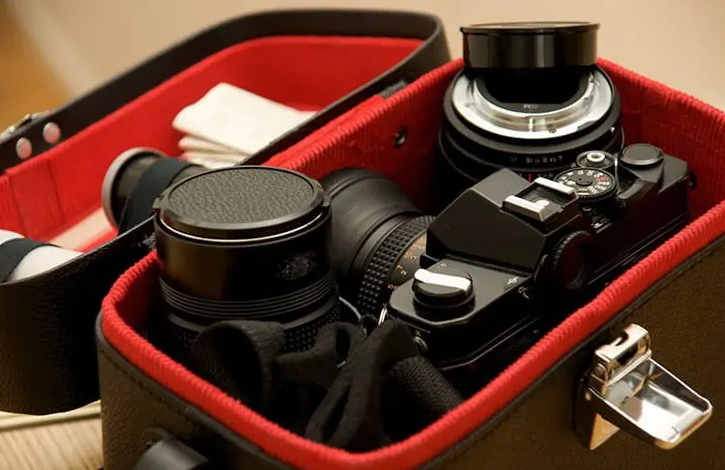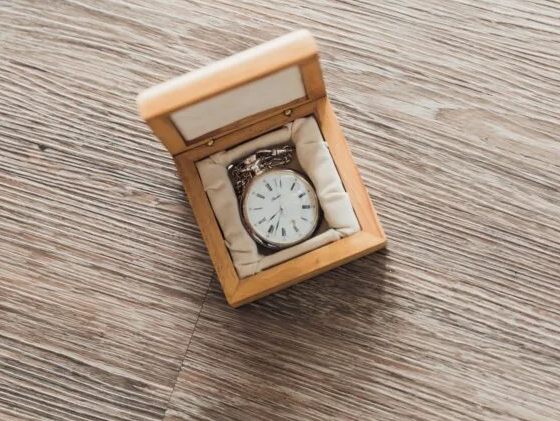The choice between a hard shell and silicone case depends on your specific needs for durability, protection, comfort, cost, and environmental impact.
Table of Contents
Durability
Material Strength
When it comes to material strength, hard shell cases often feature robust materials like polycarbonate or ABS plastic. These materials offer significant resistance against impact and can safeguard your device from significant damage during accidental falls. Hard shell cases are typically sturdy and hold up well against daily wear and tear. On the other hand, silicone cases are generally softer and more flexible but may not provide the same level of impact resistance. Silicone can absorb shocks but may tear or degrade faster if exposed to sharp objects or rough surfaces. For a better understanding of material properties, you can refer to the Wikipedia page on Polymers.

Lifespan
The lifespan of your case is another essential factor to consider when assessing durability. Hard shell cases can last for several years, especially those made from high-quality materials. Some high-end hard shell cases can cost upwards of $50 but offer durability that justifies the price point. In contrast, silicone cases may start showing signs of wear such as discoloration or stretching after a year or two. While silicone cases are generally cheaper, with prices often ranging from $15 to $30, you might find yourself needing to replace them more frequently. For an in-depth understanding of product life cycle, check out Wikipedia’s article on the subject.
Protection
Drop Protection
When it comes to protecting your device from drops, hard shell cases generally offer superior protection due to their rigid structure. These cases are designed to distribute the impact force, thereby reducing the risk of damage to your device. Some high-quality hard shell cases also feature additional corner reinforcements to provide extra safety during accidental drops. You can find out more about the physics of impact force by visiting Wikipedia’s article on impact force.
Silicone cases also offer decent drop protection, thanks to their shock-absorbing qualities. The malleable nature of silicone helps to dissipate impact force more evenly across the case. However, for more severe falls, a hard shell case may provide better protection, particularly if the case features built-in air pockets or additional cushioning.
Scratch Resistance
Hard shell cases excel in providing scratch resistance. The robust material keeps the back and sides of your device safe from keys, coins, and other objects that could cause scratching. However, most hard shell cases do not cover the screen, so you might want to invest in a screen protector for comprehensive protection. More on this can be found on Wikipedia’s article about screen protectors.
Silicone cases offer limited scratch resistance in comparison. While they may prevent minor scratches, their softer material makes them less effective against more abrasive objects.
Water Resistance
Neither hard shell nor silicone cases generally offer full water resistance unless specifically designed for it. However, some high-end hard shell cases include seals and flaps that make them water-resistant to some extent. These special cases can cost upwards of $70 and are usually certified to meet certain standards for water and dust resistance. You can read more about water resistance standards on Wikipedia’s page on the IP Code.
Aesthetics and Design
Color Options
Hard shell cases generally offer a wider range of color options and designs, including transparent options that allow your device’s original look to shine through. With advancements in printing technology, these cases can feature intricate patterns, textures, and even customizable designs. If you’re interested in the science of colors, you might find Wikipedia’s article on color theory enlightening.
Silicone cases tend to come in more muted and pastel colors due to the nature of the material. However, they offer a more uniform look, as the color permeates through the material, providing a consistent shade throughout the case.
Texture and Feel
The texture and feel of the case can greatly impact your user experience. Hard shell cases have a more solid and rigid feel. They can come with matte, glossy, or textured finishes, which can provide additional grip or simply offer a different tactile experience. For insights into human touch perception, take a look at Wikipedia’s article on haptics.
Silicone cases offer a softer, more flexible feel, making them comfortable to hold for extended periods. They naturally offer a good grip due to their rubber-like texture, reducing the chances of accidental slips or drops.
Bulk and Slimness
Hard shell cases are usually slimmer than silicone cases, adding less bulk to your device. This slim profile makes it easier to slip the device into pockets or small bags. Some people prefer the slimness of hard shell cases for aesthetic reasons, aligning with modern minimalist design principles, which you can read more about on Wikipedia’s page on minimalism.
Functionality
Access to Ports
Hard shell cases usually offer precise cutouts for all ports, buttons, and camera lenses, ensuring that you can access all the features of your device without removing the case. However, due to their rigid nature, some hard shell cases may make it slightly challenging to reach recessed ports or to use third-party cables with larger connectors. For more on data ports, their types and functions, you can consult Wikipedia’s article on computer ports.
Silicone cases also provide cutouts for ports, and their more flexible nature often makes it easier to use cables or accessories with larger connectors. They’re generally more forgiving in terms of fitting various sizes of headphone jacks or charging cables.
Wireless Charging
When it comes to wireless charging, most hard shell and silicone cases don’t interfere with the charging process, especially if they are relatively thin. However, cases with additional features like stands, wallet compartments, or metal elements may affect wireless charging capabilities. If wireless charging is essential for you, ensure your case is compatible. To understand the technology behind wireless charging, Wikipedia’s article on inductive charging offers a good read.
Screen Protection
Many hard shell cases come with a raised lip around the screen area, providing some degree of protection when you place your phone face down. But it’s worth noting that hard shell cases generally don’t offer a front cover, so pairing them with a screen protector is advisable. You can delve into the technology behind screen protection by visiting Wikipedia’s page on Gorilla Glass.

Comfort and Grip
Holding Experience
Hard shell cases offer a sturdy and solid feel, providing a sense of security when you’re holding your device. However, the rigid material might not feel as comfortable during extended use. Some people find the hard surface to be less ergonomic, especially if you’re someone who spends a lot of time on your device. To understand the mechanics of human grip and holding experiences, you might be interested in Wikipedia’s article on ergonomics.
Silicone cases, with their softer and more flexible material, offer a more comfortable and ergonomic holding experience. The material naturally adapts to the contours of your hand, making it less fatiguing to hold for extended periods.
Slippage
The risk of your device slipping from your hand or sliding on a surface is another important aspect of comfort and grip. Hard shell cases, depending on their finish, can be somewhat slippery. Matte or textured finishes offer better grip compared to glossy finishes. For understanding the science behind friction and grip, check out Wikipedia’s article on friction.
Price and Affordability
Price Range
Hard shell cases often come in a wider range of prices due to the variability in materials and features. Basic models can start as low as $15, while high-end options with additional features like stands, wallet compartments, or reinforced corners can cost upwards of $50 or more. If you want to explore the economic theories behind pricing, you can read Wikipedia’s article on pricing.
Silicone cases generally fall on the more affordable end of the spectrum, often priced between $10 and $30. However, branded or specialized silicone cases with unique designs or features can also go above this range.
Value for Money
Hard shell cases, especially the higher-end models, offer robust protection and durability, which can justify their higher price points. They are often a good investment if you’re looking for longevity and high-level protection for your device. You can learn more about the concept of value in economics by checking out Wikipedia’s article on economic value.
Silicone cases, while generally cheaper, may offer less protection and durability over the long term. However, if you prefer the softer texture and the more ergonomic feel, a silicone case may offer better value for your specific needs.
Environmental Impact
Biodegradability
Hard shell cases are usually made from plastics or metals, materials that are not biodegradable. This means that once you dispose of them, they will linger in landfills for a very long time, contributing to environmental degradation. Some companies are working on producing biodegradable hard shell cases, but these are still relatively rare. For more on biodegradability, Wikipedia’s article on biodegradable waste offers a wealth of information.
Silicone cases are not biodegradable either but tend to have a longer lifespan, potentially reducing the frequency with which you’d need to replace them. However, like hard shell cases, they will remain in a landfill indefinitely once disposed of.

Recycling Options
Recycling is another consideration when examining the environmental impact of your phone case. Many hard shell cases are made from materials like polycarbonate, which can be recycled, though often not through curbside programs. Specialized recycling centers may be needed. Learn more about recycling plastics from Wikipedia’s article on plastic recycling.






